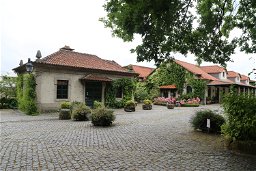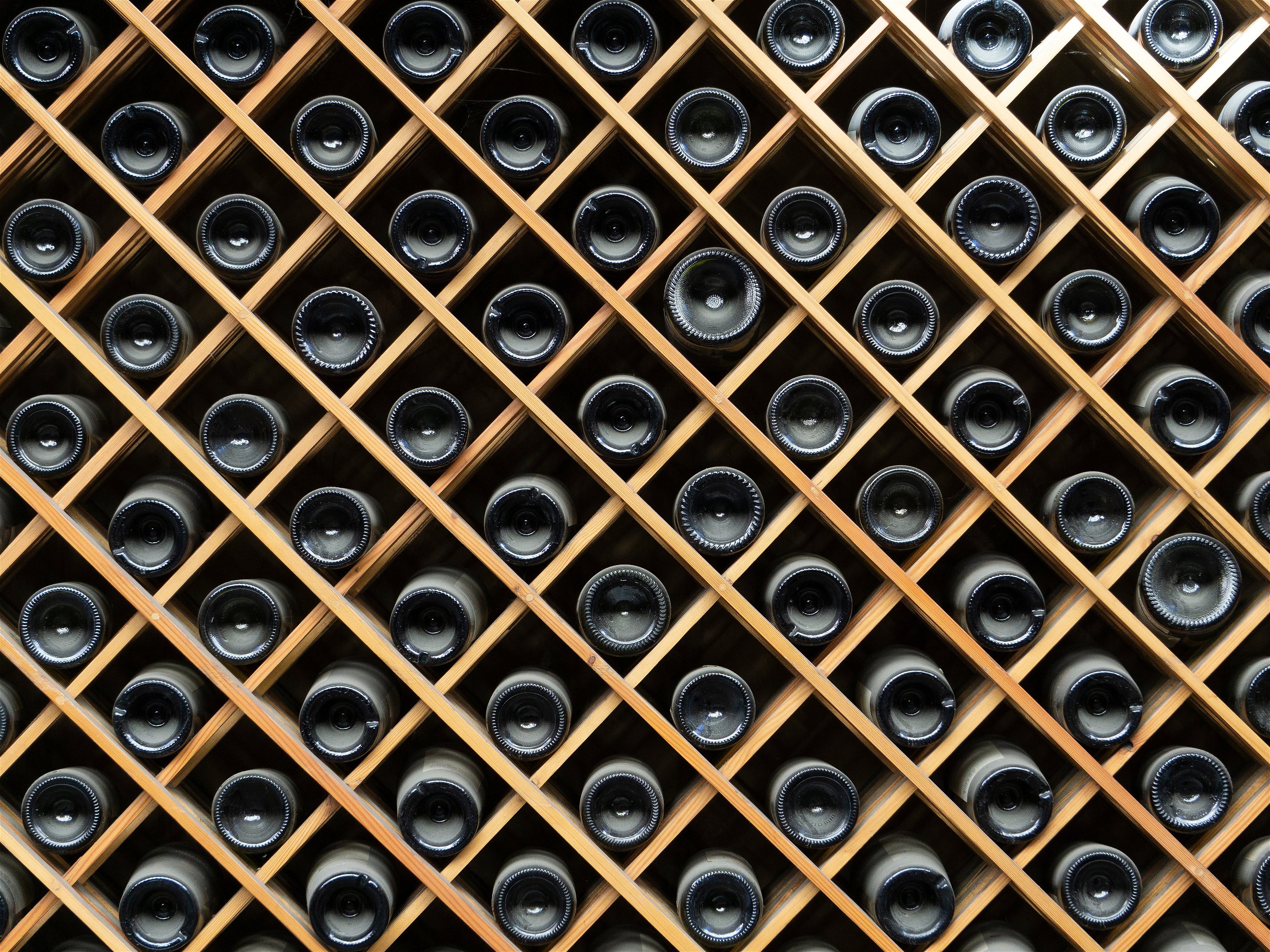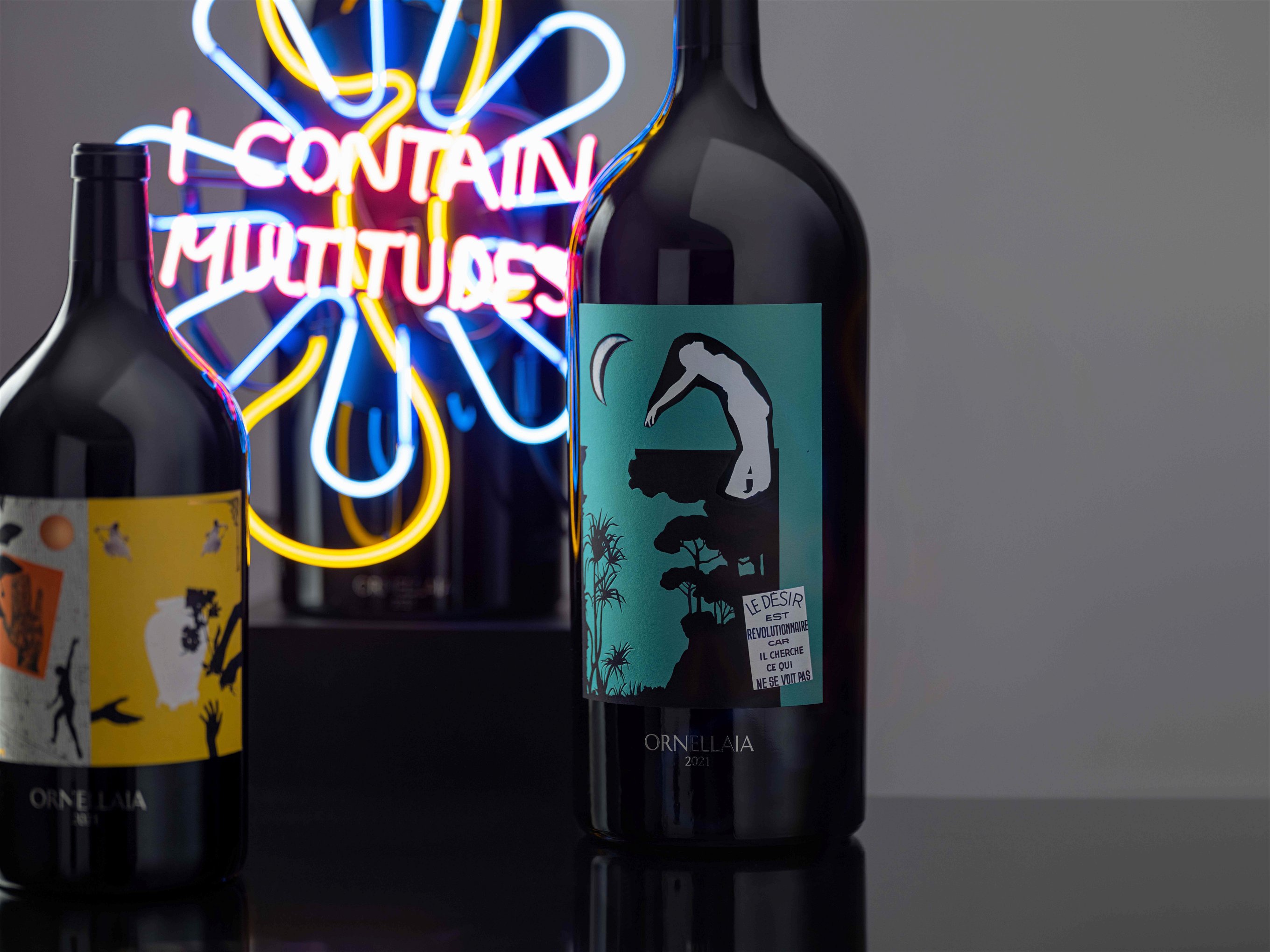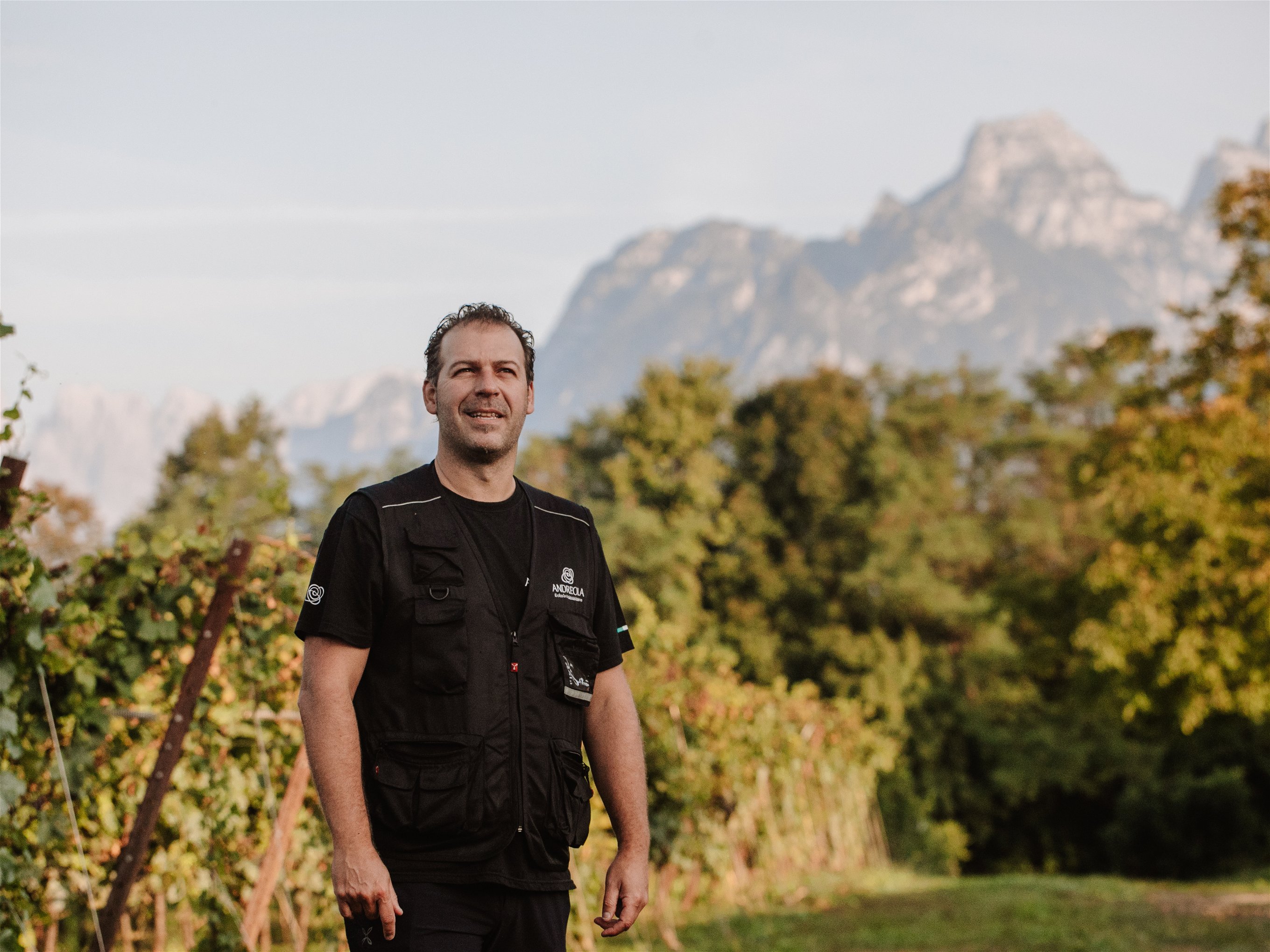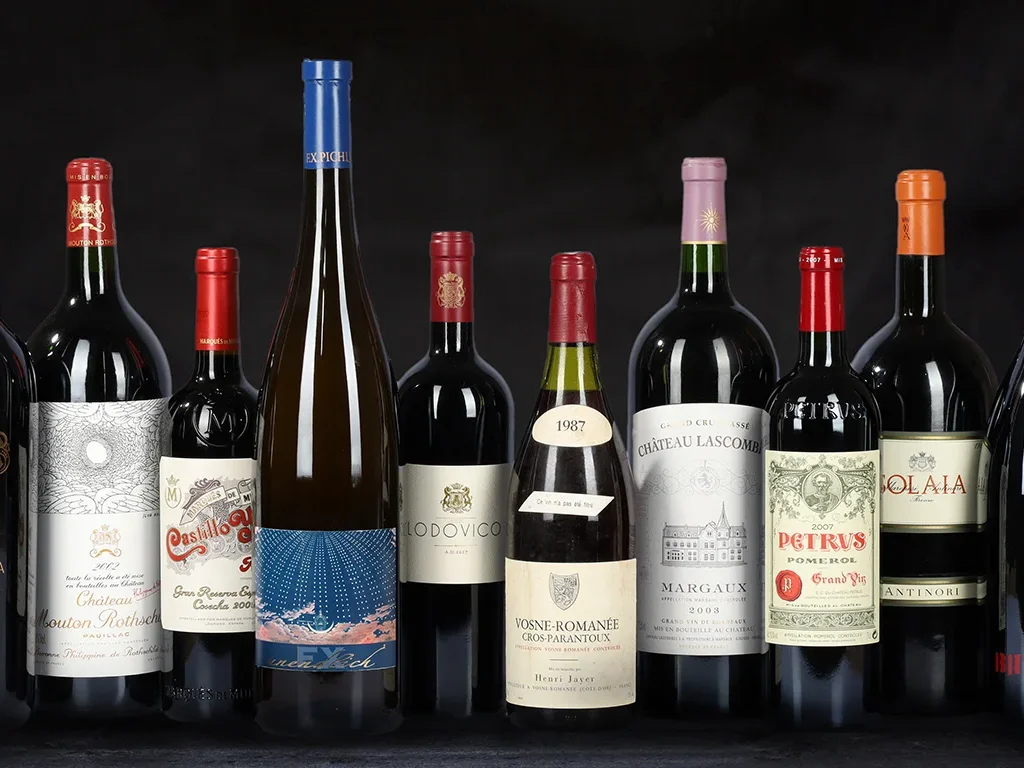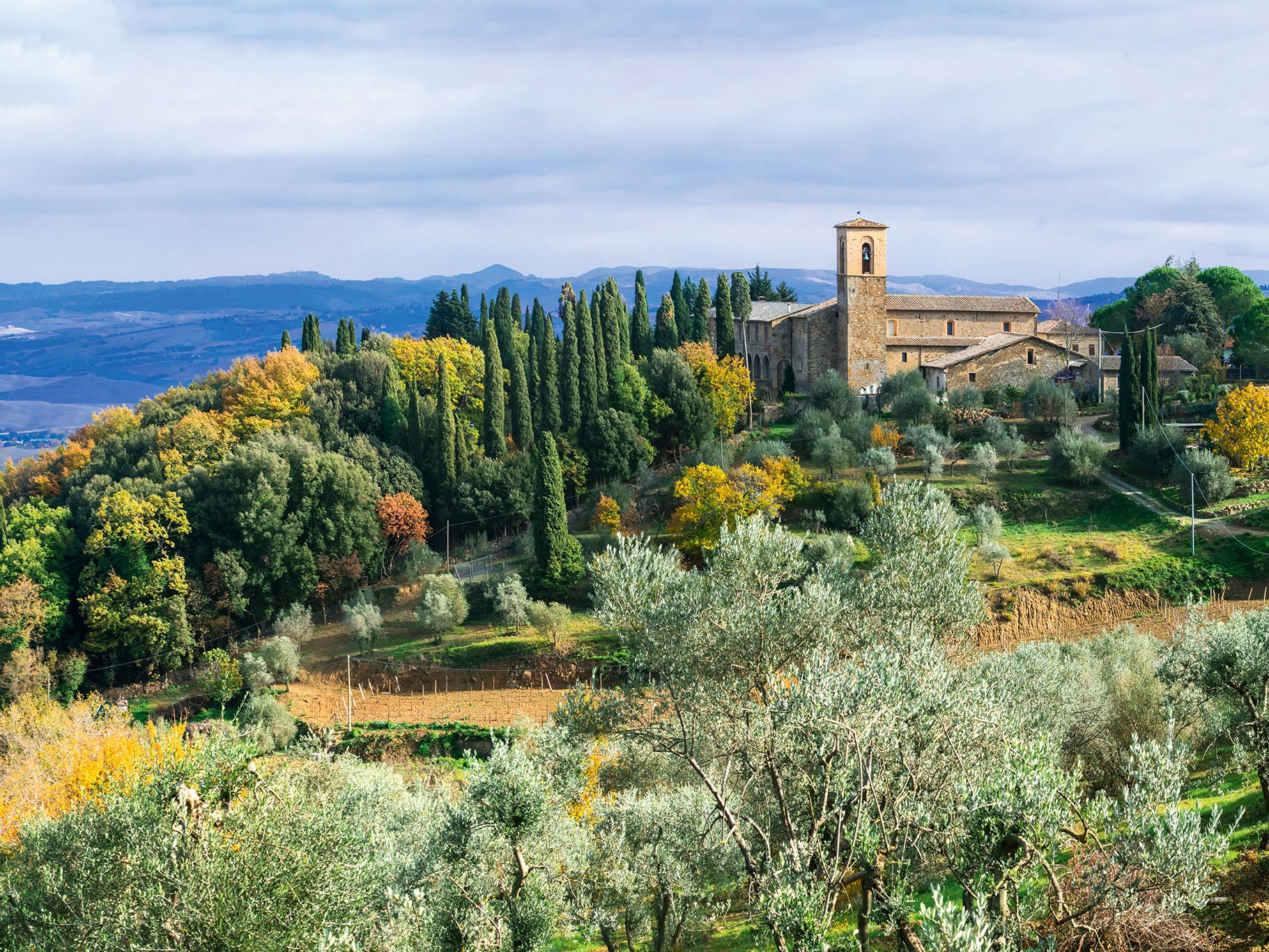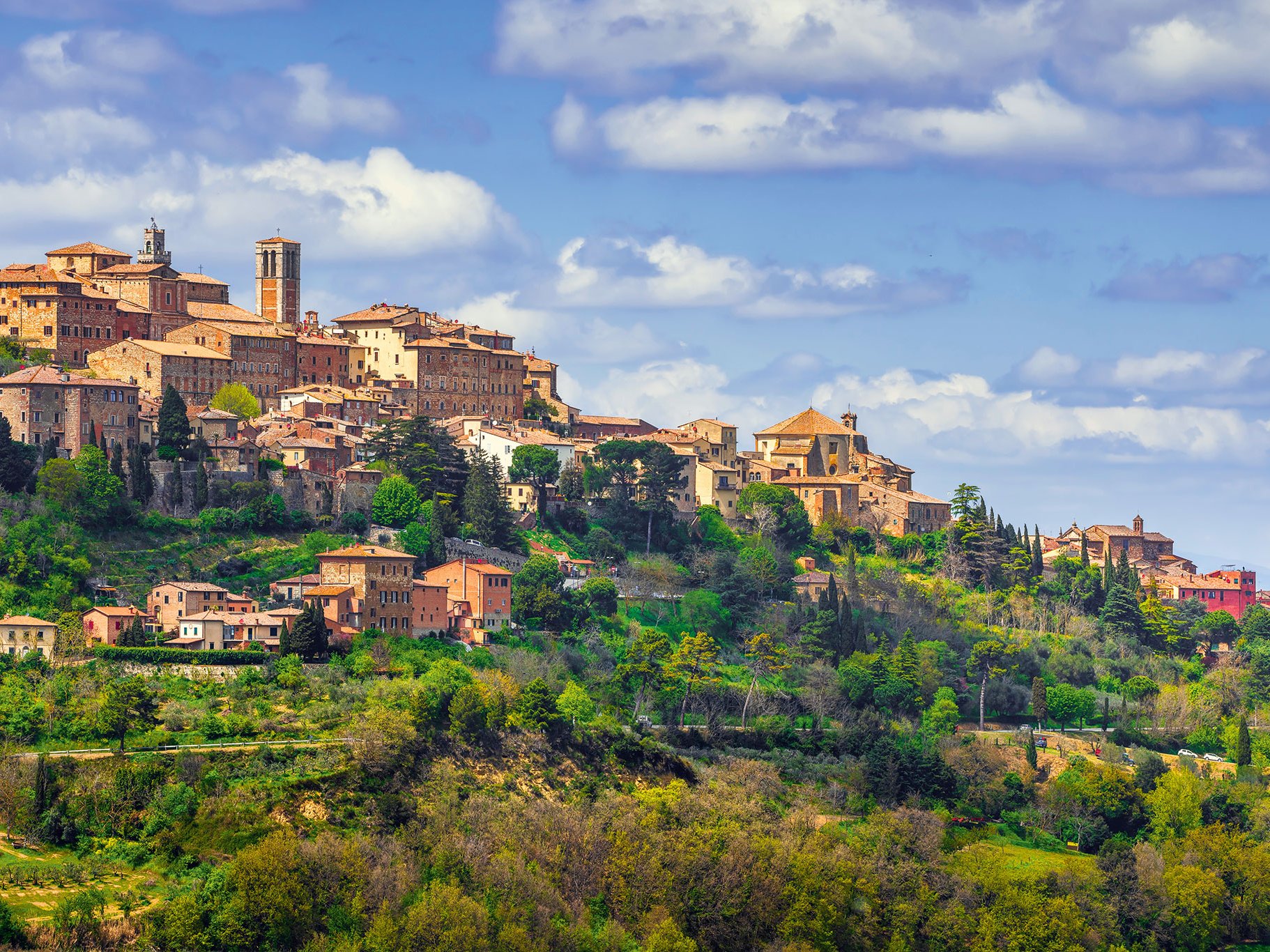Portugal's largest wine-growing area covers around 24,000 hectares and lies in the far northwest of the country. This verdant, green land stretches from the Minho River in the north, bordering Spain, down the Atlantic coast to the city of Porto. Constant rain from the Atlantic makes this one of the wettest wine-growing regions on the continent. Traditionally this is a land of small holdings, dairy and cereal farming. Vines were trained on pergolas to allow more profitable farming below. These days, new vineyards are planted using the modern form of trellising. Famous for its white Vinho Verde, permitted grapes are Alvarinho, Loureiro, Azal, Avesso, Arinto and Trajadura and in the main the wines are blends of some or all of these varieties. Not for ageing these wines tend to be light, fresh and acidic with a hint of sweetness and a refreshing spritz. Single varietal wines are increasingly produced from the warmer inland microclimates. Alvarinho excels in this regard with its higher alcohol (12%vol) reflecting greater ripeness and dryness. Across the region the trend for sparkling wines is growing; 'espumantes' can either be bottle fermented or tank fermented. Rosé wines from the Espadeiro variety tend to be off-dry; less common are lacy, fresh, light red wines from Azal Tinto, Borracal, Brancelho and Espadeiro. Like their white siblings, these should be drunk young.


